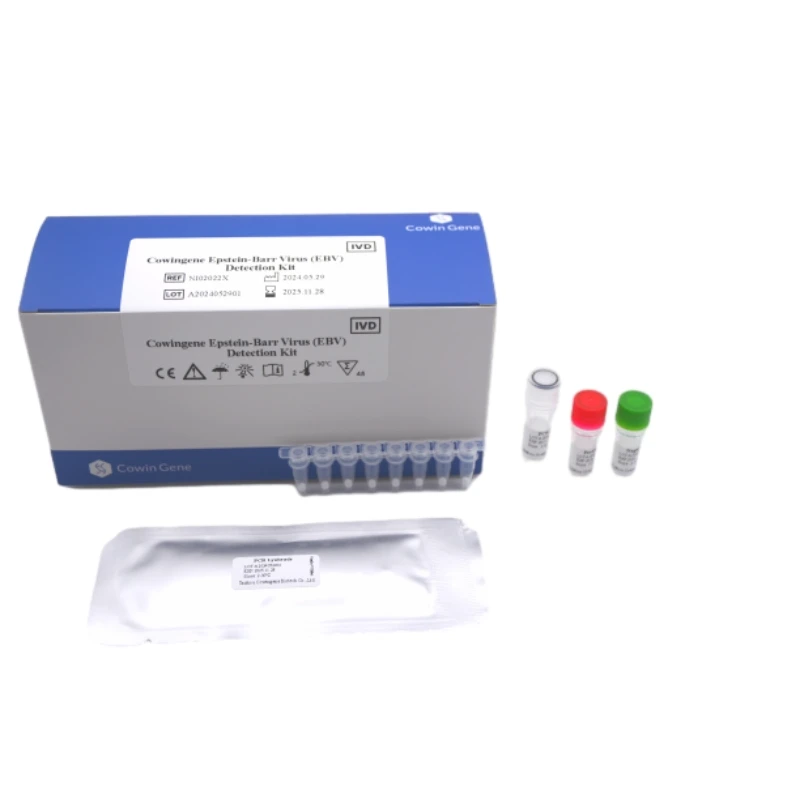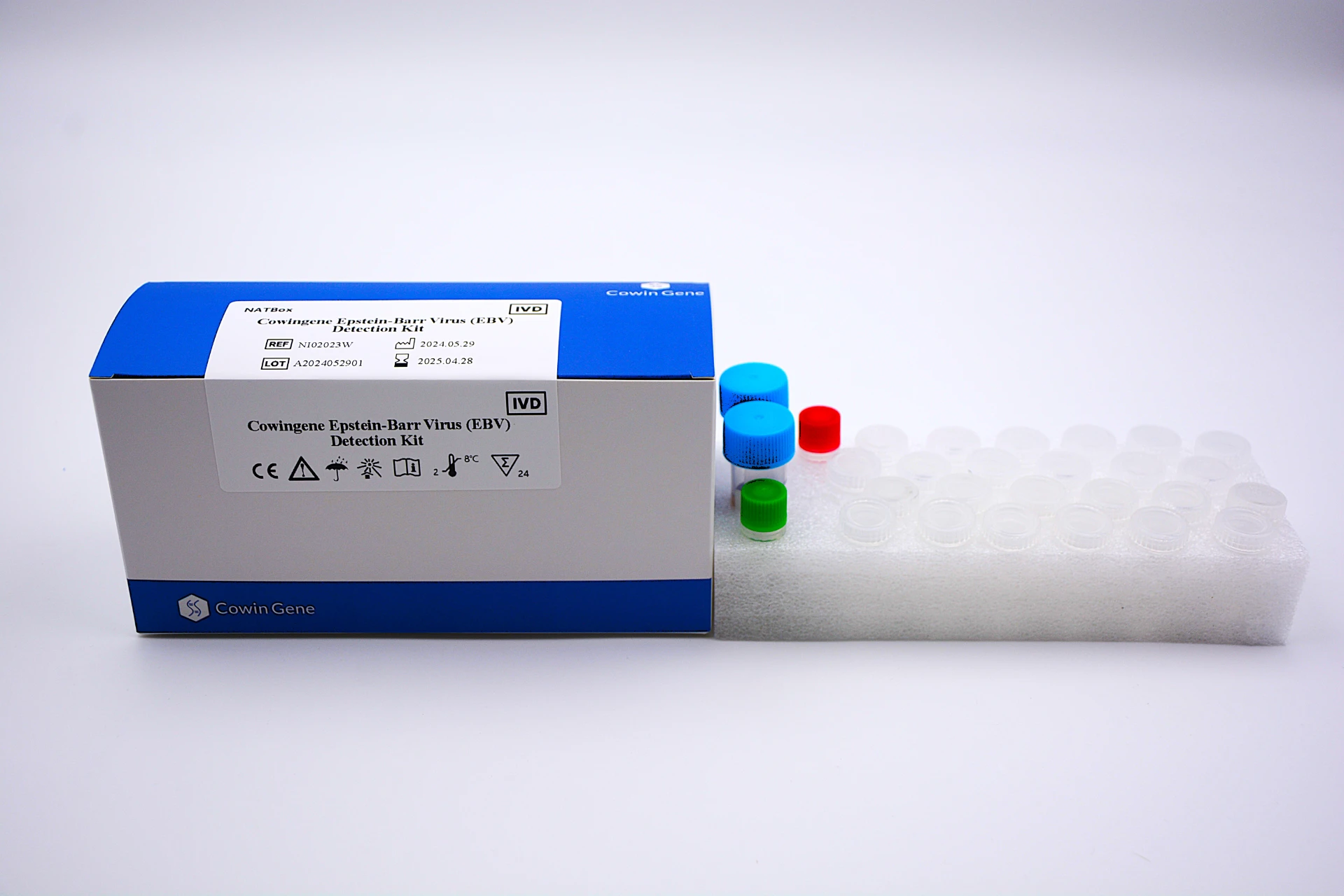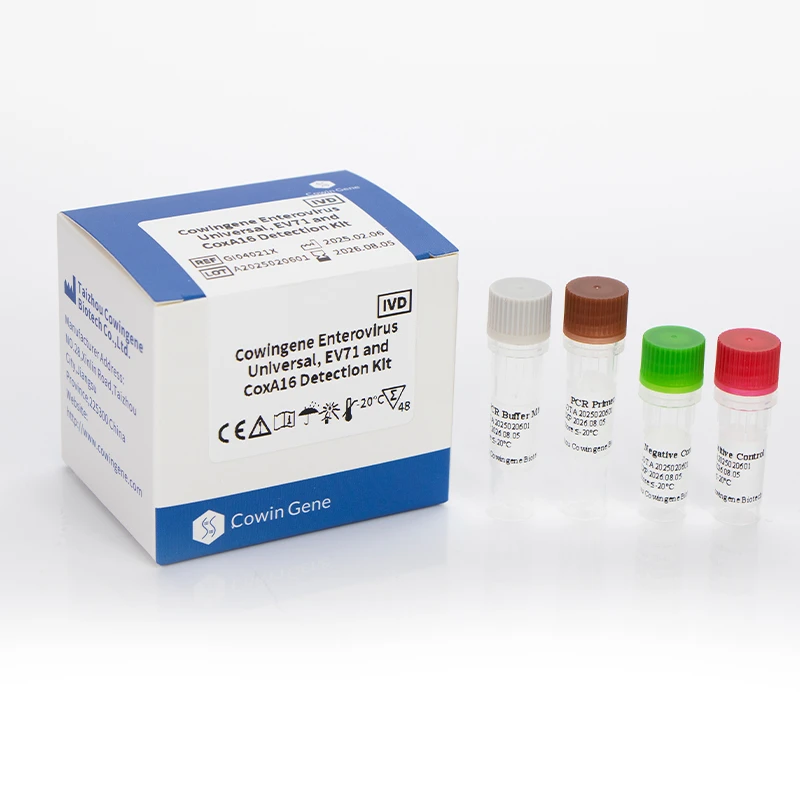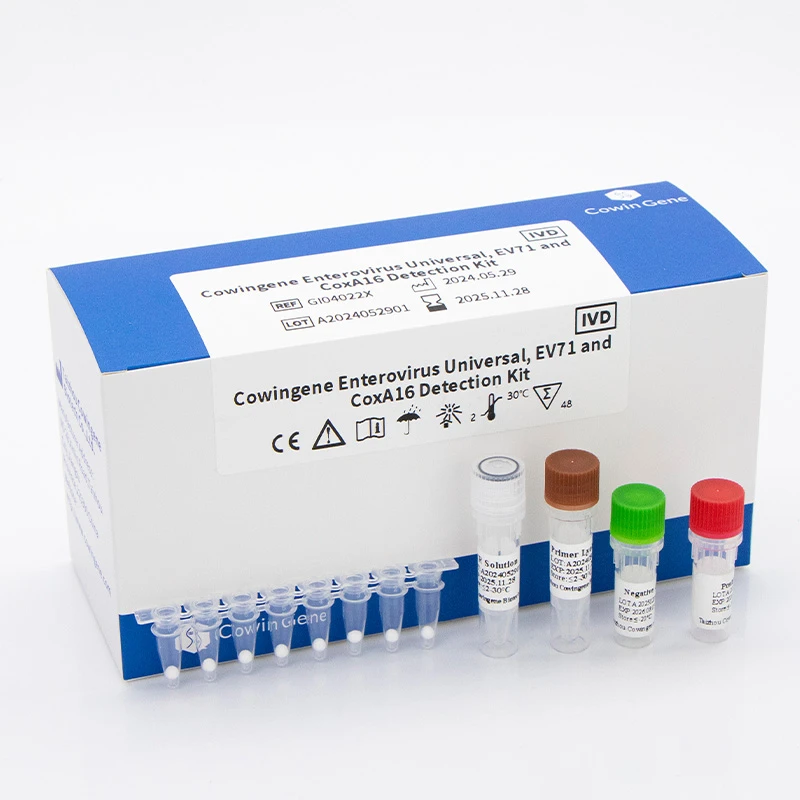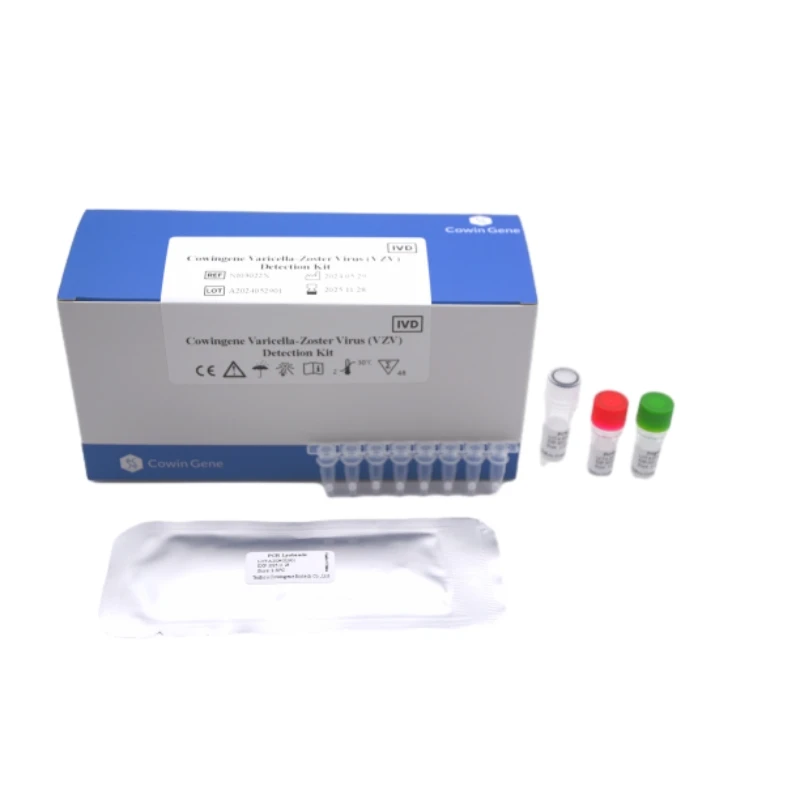Nov . 23, 2025 23:30 Back to list
Comprehensive Guide to Monkey Pox Detection: Methods, Applications & Innovations
What is Monkey Pox Detection and Why Does It Matter?
Monkey pox detection might sound like a niche scientific topic, but it’s actually a keystone in global health surveillance today. Monkeypox, a zoonotic disease caused by the monkeypox virus, has gained substantial attention in recent years due to outbreaks that transcend geographical boundaries. Effective monkey pox detection methods are vital because they help governments, humanitarian agencies, and healthcare providers identify infections early — and that means stopping outbreaks before they spiral out of control.
The global benefits? Think faster containment, better resource allocation, and ultimately saving lives while containing costs. In a world where infectious diseases can travel faster than ever, monkey pox detection techniques become crucial weapons in our public health arsenal.
Global Context: Monkey Pox Detection in Today’s Health Landscape
If we look at recent WHO and UN data, monkeypox outbreaks have been recorded across Africa, Europe, and even North America in the past decade. According to the World Health Organization’s reports, cases have increased amply, especially following the decline of smallpox vaccination, which offered some cross-protection. This unexpected resurgence triggered alarm bells — exposing a glaring gap in rapid detection capabilities worldwide.
Countries with limited surveillance infrastructure struggle to detect monkeypox cases early, allowing the virus to spread silently in some communities. And frankly, the challenge is bigger than just labs running PCR tests — it involves integrating clinical diagnosis, real-time data aggregation, and prompt reporting.
The monkey pox detection challenge isn’t just medical — it’s political, logistical, and socioeconomical. Getting ahead of outbreaks saves billions in healthcare costs and countless lives.
What Exactly Does Monkey Pox Detection Entail?
In simple terms, monkey pox detection is the process of identifying the presence of the monkeypox virus in humans or animals through laboratory and clinical means. It includes diagnostic tests (like PCR and serology), clinical symptom identification, epidemiological investigation, and newer molecular technologies discovering viral genetics.
This detection mechanism feeds into broader modern health monitoring systems that support quick isolation, treatment initiation, and vaccination strategies. It also helps humanitarian actors understand outbreak severity in real time, especially important in fragile settings and refugee camps. So, it's a multi-disciplinary, practical tool much bigger than just confirming a diagnosis.
Core Components of Effective Monkey Pox Detection
1. Sensitivity and Specificity of Diagnostic Tests
For a detection system to be reliable, the diagnostic tools must accurately distinguish monkeypox from similar diseases like chickenpox or smallpox — that’s the backbone of sensitivity and specificity. False positives or negatives cause chaos in decision-making.
2. Speed of Diagnosis
Timing matters. PCR-based lab tests can take hours to days, depending on infrastructure. Point-of-care rapid tests are evolving to provide results in under an hour — game changers in outbreak scenarios. Often it’s a balance between speed and accuracy.
3. Surveillance Integration
Detecting monkeypox is more effective when lab data connect with epidemiological surveillance platforms. Real-time mapping, case clustering, and trend analysis enable smarter public health responses — and make containment proactive.
4. Accessibility in Resource-Limited Settings
Many affected areas lack sophisticated labs, so accessible, easy-to-use detection kits are critical. Portable diagnostics and trained community health workers fill the gap. If the detection method isn't deployable where needed, it’s nearly useless.
5. Cost Efficiency and Scalability
Detection programs must be sustainable. It’s no good having a brilliant test that’s too costly to roll out nationally or across borders. Scalability also means kits and reagents can be stocked and dispatched quickly when needed.
Real-World Applications of Monkey Pox Detection
Around the world, monkey pox detection is being applied in diverse settings from urban hospitals in Europe to rural clinics in Central Africa. For instance, during the 2022 outbreaks in Nigeria, rapid diagnostics enabled health officials to quarantine cases and trace contacts quickly, limiting community spread.
In humanitarian contexts like refugee settlements in the Democratic Republic of Congo, portable detection kits have been vital for mass screening — preventing widespread outbreaks where crowded living conditions increase vulnerabilities.
Governments and NGOs partnering on monkey pox detection are also using digital tools to share and verify case data across regions, improving transparency and reducing misinformation.
Advantages and Long-Term Value of Robust Monkey Pox Detection
- Early intervention saves lives: Detecting cases early enables timely treatment and isolation, reducing mortality and transmission.
- Cost savings: Prevention curbs expensive hospitalizations and large-scale outbreak management.
- Enhances trust in public health: Transparent and accurate detection builds confidence among affected populations.
- Supports sustainable epidemic control: Data-driven responses align resources where they're most needed, avoiding waste.
On a more human level, detection protects dignity — it helps people receive care without stigma, and it empowers communities with knowledge rather than fear.
Emerging Trends & Innovations in Monkey Pox Detection
The field isn’t standing still. Advances include point-of-care molecular diagnostics leveraging CRISPR technology promising ultra-sensitive tests that work outside labs. AI-powered image recognition apps help clinicians spot monkeypox rashes in the field faster.
There’s also a big push towards integrating blockchain for secure, tamper-proof health data sharing — crucial for coordinating international responses.
Sustainability enters the picture with greener test kits, minimizing hazardous waste from plastic-based consumables and chemicals. As digital health platforms mature, remote monitoring and telemedicine consultations complement detection efforts.
Challenges Faced in Monkey Pox Detection and How to Overcome Them
Despite tech progress, hurdles remain. A big one: limited lab capacity in endemic regions delays confirmation. Samples must be transported long distances, sometimes spoiling en route.
Data fragmentation across health systems complicates true outbreak monitoring. Also, the clinical similarity with other skin diseases sometimes misleads clinicians without lab verification.
Solutions? Developing more rapid, field-ready diagnostics and training local healthcare workers extensively. Linking surveillance data platforms internationally is critical. Public-private partnerships can lower costs by increasing production scale and supply chain resilience.
Product Specification Table: Common Monkey Pox Detection Methods
| Detection Method | Accuracy | Time to Result | Equipment Needed | Cost per Test |
|---|---|---|---|---|
| PCR (Polymerase Chain Reaction) | Very High (~99%) | 4-6 hours | Lab equipment, trained staff | $50-100 |
| Rapid Antigen Test | Moderate (~85%) | 15–30 minutes | Portable test kit | $10-20 |
| Serological Testing (Antibody) | Variable (~70-90%) | 1-2 days | Lab equipment | $20-50 |
| CRISPR-Based Tests (Emerging) | High (~95%) | Portable devices | Estimated $30 |
Vendor Comparison: Leading Monkey Pox Detection Solutions
| Vendor | Product Type | Global Reach | Price/Unit | Notable Features |
|---|---|---|---|---|
| GeneXpert (Cepheid) | Automated PCR | Over 60 countries | High ($100+) | High throughput, ease of use |
| RapidDx Kits | Rapid Antigen | Mainly Africa, Asia | Low ($15-25) | Portable, fast results |
| MicroGene Labs | Lab-based PCR & Serology | Global distribution | Medium ($50-80) | Extensive test menu |
| CRISPRDx | CRISPR-based Portable | Limited pilot sites | Moderate ($30-40) | Ultra-fast and accurate |
FAQs About Monkey Pox Detection
Q1: How quickly can monkey pox detection tests confirm a diagnosis?
Most standard PCR tests take roughly 4 to 6 hours, but the entire process often spans 1-2 days when you include sample shipping and lab processing. New rapid antigen and CRISPR-based tests can deliver results in under an hour, making them ideal for field use.
Q2: Can monkey pox detection tests be used in rural or resource-limited settings?
Yes, particularly with newer portable kits designed for use outside traditional labs. These kits require minimal training and no sophisticated infrastructure, which helps improve access in remote areas.
Q3: Are there false positives or negatives with monkey pox detection? How reliable are these tests?
Reliability varies by test type. PCR tests offer very high accuracy, while rapid antigen tests have moderate sensitivity, meaning occasional false results may occur. Confirmatory testing and clinical correlation are usually recommended.
Q4: How do organizations implement monkey pox detection during outbreaks?
They typically deploy a mix of diagnostic tools: rapid tests for initial screening and lab-based PCR for confirmation, all linked to robust surveillance systems for tracking cases and directing public health responses.
Q5: Can monkey pox detection kits be imported internationally for humanitarian use?
Yes, but importation often requires compliance with local regulatory approvals. NGOs and governments generally coordinate with manufacturers and health authorities to ensure proper clearance and delivery logistics.
Wrapping Up: The Promise of Better Monkey Pox Detection
To put it bluntly: improving monkey pox detection offers a real chance to get ahead of outbreaks and protect vulnerable communities worldwide. By marrying technology with healthcare and logistics, we can reduce disease spread, save healthcare costs, and build resilient health systems. It isn’t just about technology — it’s about people’s lives and their future.
Want to learn more or explore testing solutions? Visit our website at https://www.cowingene.com for the latest products and innovations.
References
- World Health Organization - Monkeypox Fact Sheet
- US CDC - Monkeypox Information
- Wikipedia - Monkeypox
This is the first article
Related PRODUCTS
-
Essential Guide to Monkeypox Detection: Technologies, Applications & Future Trends
NewsNov.23,2025 -
Understanding Strep B Test Cost: Global Insights and Healthcare Impact
NewsNov.22,2025 -
Group B Strep DNA Test – Fast, Accurate Screening to Prevent Neonatal Infection
NewsNov.21,2025 -
Essential Guide to Group B Strep Test Kits: Benefits, Uses & Innovations
NewsNov.20,2025 -
Group B Strep PCR Test – Rapid and Accurate Detection for Improved Newborn Health
NewsNov.20,2025


